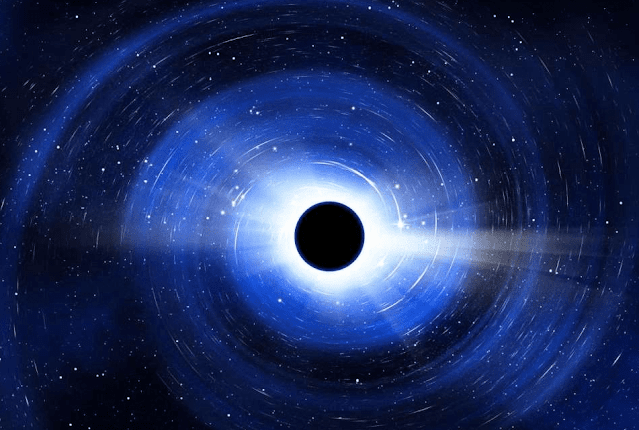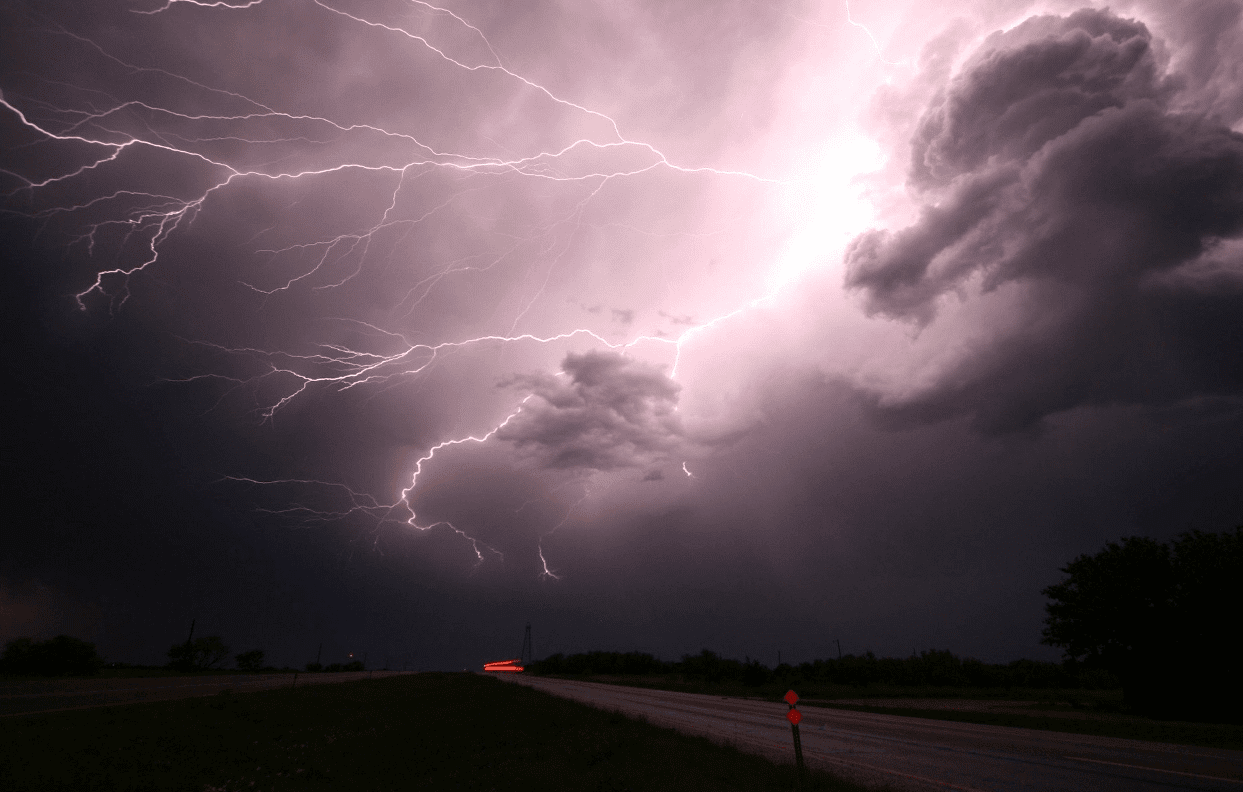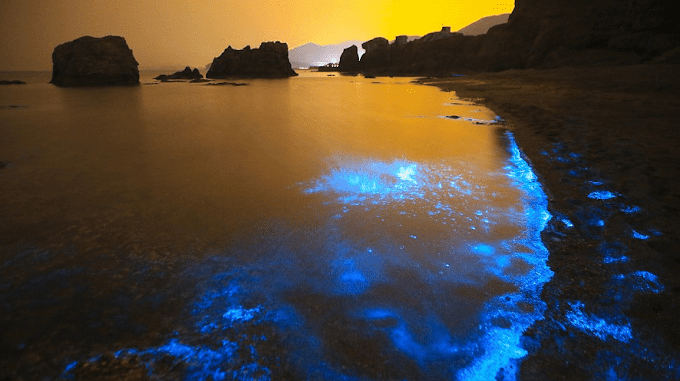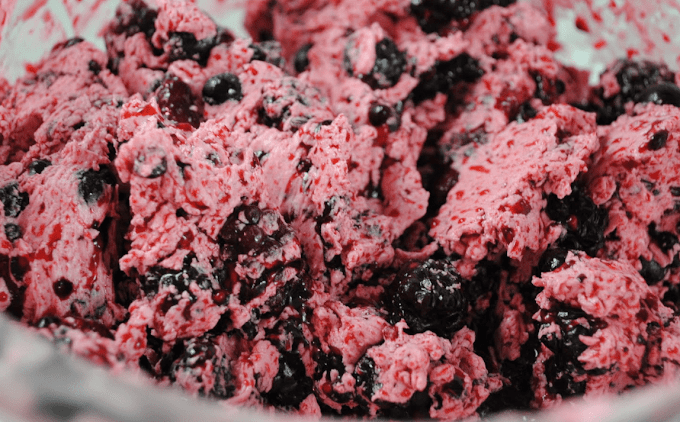One of the most profound outcomes of a warming world is underway on US soil – the influence will pressure lots to relocate, and have far-reaching, world consequences.
Vladimir Romanovsky walks via the dense black spruce wooded area with ease. Not as soon as does he give up or sluggish down to stability himself on the soft moss below his toes insulating the permafrost.
It’s a heat day in July, and the scientist is searching for a container that he and his crew have set up on the ground. It’s hidden almost six miles (10km) north of the Geophysical Institute at the University of Alaska in Fairbanks, the place he’s a professor of geophysics and heads the Permafrost Laboratory.
The box, which is included by way of tree branches, consists of a records collector related to a thermometer set up under floor for measuring permafrost temperature at special depths. Permafrost is any earth cloth that stays at or under 0C (32F) for at least two consecutive years.
Romanovsky connects his laptop computer to the facts collector to switch the temperature facts for this place – referred to as Goldstream III – which he will later add to an on-line database on hand to each scientists and fascinated individuals.
“Permafrost is described on the groundwork of temperature, the parameter that characterises its stability,” Romanovsky says.
The thaw is deepening and expanding, inflicting the permafrost below to come to be much less steady
When the temperature of permafrost is under 0C (32F), for instance -6C (21F), it is regarded secure and will take a lengthy time to thaw or to change. If it is shut to 0C, however, it is regarded vulnerable.
Every summer season the component of soil protecting the permafrost, known as the energetic layer, thaws, earlier than refreezing the following winter. At Goldstream III, on this July day, the summer time thaw presently ends at 50cm depth.
As the Earth warms and summer time temperatures climb, the thaw is deepening and expanding, inflicting the permafrost below to come to be much less stable.
The consequences, if this thawing continues, will be profound, for Alaska – and for the world. Nearly 90% of the country is protected in permafrost, which ability complete villages will want to be relocated, as the foundations of constructions and roads crumble. And if this frozen cache releases the millennia of collected carbon it has locked within, it ought to speed up the warming of our planet – a ways past our potential to manage it.
A prone state
As permafrost thaws, houses, roads, airports and different infrastructure constructed on the frozen floor can crack and even collapse.
“We are seeing some expanded upkeep on current roads over permafrost,” says Jeff Currey, substances engineer for Northern Region of the Alaska Department of Transportation Public Facilities. “One of our preservation superintendents currently advised me his of us are having to patch settling areas on the highways he is accountable for extra often than they had been 10 or 20 years ago.”
Similarly, infrastructure constructed underground – such as these for utilities – is struggling as temperatures rise.
“In Point Lay – on the coast in northwest Alaska – for instance, they're having all varieties of bother with their water and sewer strains buried in permafrost soil,” says William Schnabel, director of the Water & Environmental Research Center at the University of Alaska Fairbanks. “The permafrost soil has thawed and we get water and line breaks due to the fact the floor shifts.”
The problem is even extra suggested for these residing in rural areas who do not have adequate dollars to fight the consequences of thawing permafrost. For these residents it is now not simply about collapsing buildings, which is frequent now, however additionally water supply.
Often as permafrost thaws on the aspect of a lake that a village may use as water supply, there’s a breach and a lateral drain occurs. “It generally requires especially highly-priced infrastructure to take water from a lake, deliver it to a village and save it and all the elements of this infrastructure are prone to thawing permafrost,” Romanovsky says.
If a village relies upon on an affected lake for water, the neighborhood contributors would have to pass their infrastructure and from time to time their whole village to any other lake, which can be very costly.
Villages like Kivalina in Alaska will have to pass inside the subsequent 10 years
According to lookup performed through US Geological Survey, villages like Kivalina in north-west Alaska will have to cross inside the subsequent 10 years, Romanovsky explains. “But estimates exhibit value of transferring is about $200m (£150m) per village of 300 people.”
Those types of sums are solely viable with federal authorities funding – however there are additionally no ensures that a new area wouldn’t be affected subsequently too.
“I assume by way of now there are 70 villages who surely have to pass due to the fact of thawing permafrost,” Romanovsky says. “But transferring villages to some other vicinity on permafrost is very challenging to warranty for 30 years or so and the federal authorities does not choose to pay for some thing they have to pay for again.”
It’s feasible that constructing Alaskan settlements on permafrost might also also be making the trouble worse. “When you suppose about water and sewers you have to hold these above freezing and when you have permafrost you have to maintain that under freezing,” Schnabel says. “So you are strolling tremendously heat water thru the permafrost and there may be going to be some warmness dissipation in there.”
Similarly, when a street is built, a lot of the vegetation that insulates the permafrost is cleared and then paved over with black protecting that will increase the quantity of absorbed photo voltaic radiation. So even though the renovation burden has multiplied for these like Currey, now not all the misery that comes with infrastructure can be entirely attributed to a altering climate.
Defrosting a freezer full of carbon
Alaska, no doubt, is on the the front strains of local weather change, however the troubles associated to permafrost aren’t simply unique to The Last Frontier. What occurs to the frozen earth cloth in the forty ninth country will have an effect on the decrease 48, as properly as the complete globe.
According to Romanovsky, 1/2 of the state’s and 90% of indoors Alaska’s permafrost will thaw if there’s a international common upward thrust of 2C in air temperature.
This is particularly stressful due to the fact an giant quantity of natural carbon is sequestered in permafrost and the masking energetic layer. Since there’s now not adequate warmth in frozen soil to assist microbes to decompose demise vegetation, over heaps of years natural rely has accrued in permafrost. Some estimates say the quantity of carbon in the permafrost is greater than two instances than there is in atmospheric carbon dioxide.
“If we keep our modern-day path of operation, commercial enterprise as typical they name that, then it is enormously positive by means of 2100 a vast fraction of the permafrost in the higher 5 metres would thaw out and with it all the natural count that is presently frozen in the permafrost,” says Kevin Schaefer, a lookup scientist at the National Snow and Ice Data Center at the University of Colorado. “That would point out a launch of carbon dioxide and methane, which would increase the warming due to the burning of fossil fuels.”
If this carbon is released, the quantity of CO2 will be three instances extra than what is in in the environment now
In fact, in a 2012 record posted in the journal Nature, Schaefer and his co-authors indicated that previous unexpected warming occasions had been genuinely brought on with the aid of the launch of carbon dioxide and methane from permafrost some 50 million years in the past in Antarctica.
And the projected numbers don’t seem to be promising: “Theoretically if this carbon is launched to the atmosphere, the quantity of CO2 will be three instances greater than what is in there [in the atmosphere] now,” says Romanovsky.
So it is a actual remarks loop as it amplifies the warming due to the burning of fossil fuels. And in spite of the truth that the warming is accelerating, the comments consequences will be gradual, taking time to be noticeable. “It's a very gradual feedback,” Schaefer says. “Imagine attempting to steer a steam ship with a canoe paddle, that is the sort of comments we're speaking about.”
Unfortunately, as soon as permafrost begins to thaw, it’ll be challenging to refreeze it once more – at least in our lifetime. Furthermore, as soon as the decay is out of the floor and into the atmosphere, there’s no handy way to put that carbon lower back into the ground.
“The solely way to do that would be to decrease the world temperature and refreeze the permafrost, which would imply you are doing away with carbon dioxide from the atmosphere,” Schaefer says.
Climate fashions exhibit that present day intergovernmental commitments to decrease warming – as laid out by means of the Paris Climate Accord – may additionally now not be enough, Romanovsky explains.
In a 2016 document posted in Nature Climate Change, researchers Sarah Chadburn
and colleagues estimate that even if the local weather was once stabilised as agreed upon by means of the 196 events in 2015, “the permafrost place would ultimately be decreased by using over 40%”.
However, with US President Donald Trump’s announcement of withdrawal from the Paris settlement closing June, extra permafrost loss is possibly on the horizon.
The blame game
Alaska is a politically conservative state, so outsiders would possibly anticipate that residents reject the thought that the planet is warming past our control. The fact is extra complex.
According to a ballot of 750 contributors performed in the past this 12 months by means of the Alaska Dispatch News, extra than 70% of Alaskans are worried about the results local weather change.
“In Alaska everyone you ask will say ‘yes there may be warming,’” Romanovsky says. “The farther north you go, northwest especially, the more advantageous that feeling. Because it is happening, you see it. Of course, the query of who's accountable relies upon on political beliefs.”
At Denali National Park & Preserve, park ranger Anna Moore has witnessed warming affect natural world throughout solely a couple of years. She’s observed that the Arctic hare, which switches between brown and white coat colorings with the seasons can’t appear to hold up with the modifications as a end result of temperature rise, genuinely inserting itself at risk.
“In the wintertime they get white pointers to their hair,” Moore says. “As it receives warmer, the snow is melting faster, however their our bodies are acclimatised to sure temperature exchange and so even even though the snow is already melting they're nonetheless white and in extra risk from predators.”
Moore says even though she believes in local weather trade and is observing it have an effect on vegetation and fauna at the park, she considers it a end result of each human things to do and a herbal cycle.
Her colleague Ashley Tench additionally echoes the sentiment: “I agree with her [on] how it is section man-made and additionally natural.” To that effect, Tench doesn’t trust the United States’ pullout of the Paris Agreement makes a distinction in the climate.
But now not every body in Alaska is on board with that sentiment. To Bill Beaudoin, a retired submariner and educator who’s now the proprietor of a mattress and breakfast in Fairbanks, it’s apparent that people are to blame and that we need to work on reversing the consequences of our actions.
People are worried, due to the fact of route there is no insurance plan for thawing permafrost
“I suppose the Paris local weather accord was once necessary,” he says. “In fact, I did not suppose [it was] enough. There's one country, Nicaragua, that did not signal on to the settlement due to the fact they didn’t suppose it was once robust enough. I would in all likelihood aspect with Nicaragua on that issue.”
No rely who is to blame for the warming and ensuing thaw of permafrost, Alaskans are for the most phase involved about their future.
“People are worried, due to the fact of route there is no insurance plan for thawing permafrost,” Romanovsky says. “Insurance is now not overlaying injury from permafrost like it does in California for earthquakes.”
Back at Goldstream III, Romanovsky notes that at 50cm depth, the temperature of the soil is -0.04C (31.9F). At one metre it’s -0.23C (31.5F). The closing time he checked the records used to be in March, the place at one metre, the soil temperature measured -1.1C (30F).
He takes his shovel and makes a gap in the floor to seem at the soil and test for carbon within. Darker soil suggests gathered natural carbon. The in addition down he digs, the less warm the soil gets. Romanovsky digs till the shovel hits the permafrost and reputedly can’t go any further.
He pushes down a bit extra and manages to dig up a bit of the permafrost – about the measurement of a small coin. Seconds after he holds the frozen soil between his fingers it melts as if it had been an ice cube. He returns the dug up filth again into the hole, disconnects his laptop computer from the records collector, closes up the container and covers it up with branches and packs up to depart the site. In a week he’ll head up north to log the temperature at different web sites including but extra statistics to one of the most complete permafrost databases in the world.
Meanwhile, bit with the aid of bit, America’s frozen north is thawing and what takes place subsequent is unknown. What’s positive is the first-rate thaw will continuously exchange a once-familiar panorama – and in all likelihood a planet and its inhabitants too.































0 Comments
Please do not enter any spam links in the comment box.